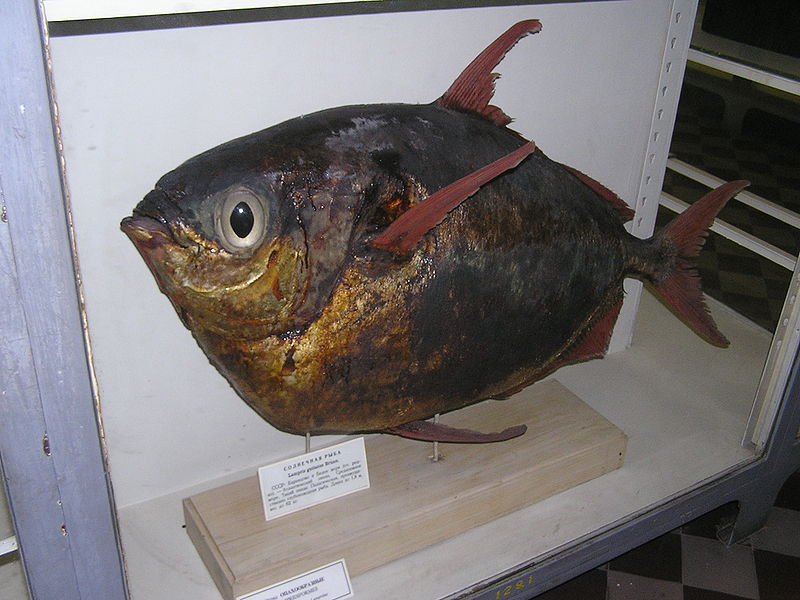
It has long been known that mercury, which in high enough levels is toxic to humans, is found in several kinds of fish. But the reason fish contain mercury in the first place has always eluded us- until now. Life science researchers at the University of Michigan, Ann Arbor have found the reasons (indeed, there are multiple) and have concluded that the levels of mercury in fish are actually rising to this day.
The highest levels of mercury are found in large, deep-sea fish like swordfish and opah (also known as moonfish). Prevailing wisdom holds that since these fish eat fish that in turn have eaten other fish, the chain of consumption compounds their intake of mercury. While this makes sense on the surface, it doesn’t fully account for the large amounts of mercury in these fish. In addition, there has been a recent increase in the mercury levels of these fish, which would be unexplainable if their mercury intake was directly and exclusively related to their carnivorous tendencies.
There was something deeper at work here, and the Michigan bioresearchers found it about 2000 feet below the ocean’s surface. There they discovered bacteria that produce the toxic form of mercury known as methylmercury. This explains why deep-sea fish have particularly high levels of toxic mercury: their waters are filled with bacteria that pump it into the water.
This leaves open the question of why these levels have been increasing as of late, however. The researchers took a closer look at the bacteria in question and found that they consume mercury in order to produce this methylmercury. Samples taken from the surface above these bacteria, like in the North Pacific Subtropical Gyre, revealed a high level of mercury on the surface of the water.
To finish their sleuthing act, the bioresearchers compared these mercury isotopes to those emitted from coal-burning power plants and found a perfect match. This finally explained the recent increase: rapid human industrialization increases mercury emissions, which eventually make their way into fish that we catch and eat.
“The implications are that if we’re going to effectively reduce the mercury concentrations in open-ocean fish, we’re going to have to reduce global emissions of mercury, including emissions from places like China and India,” said U-M (principal) investigator Joel Blum in a U-M article. “Cleaning up our own shorelines is not going to be enough. This is a global atmospheric problem.”
